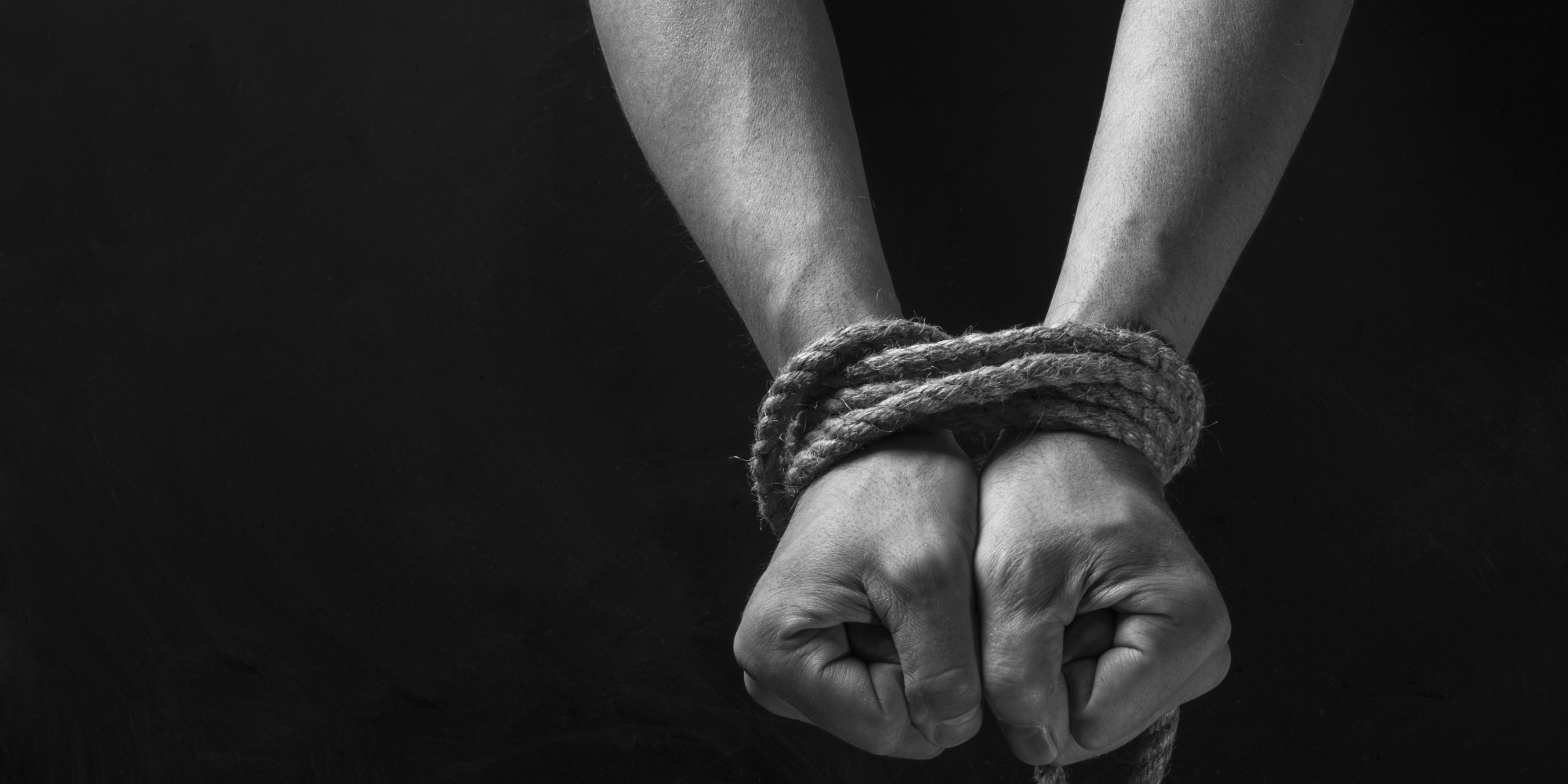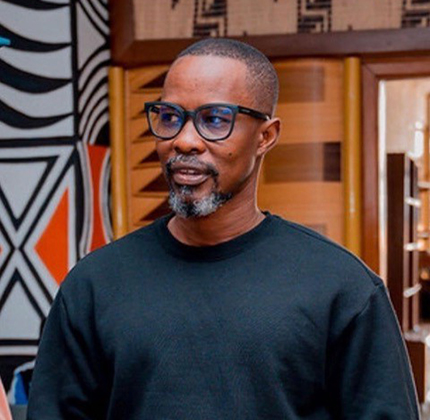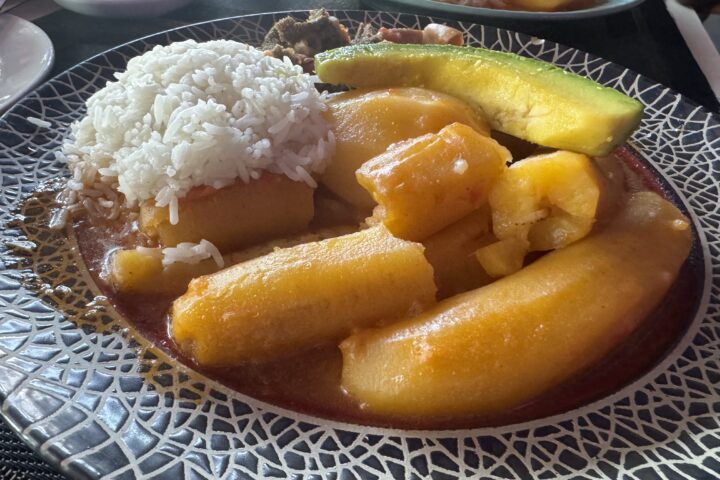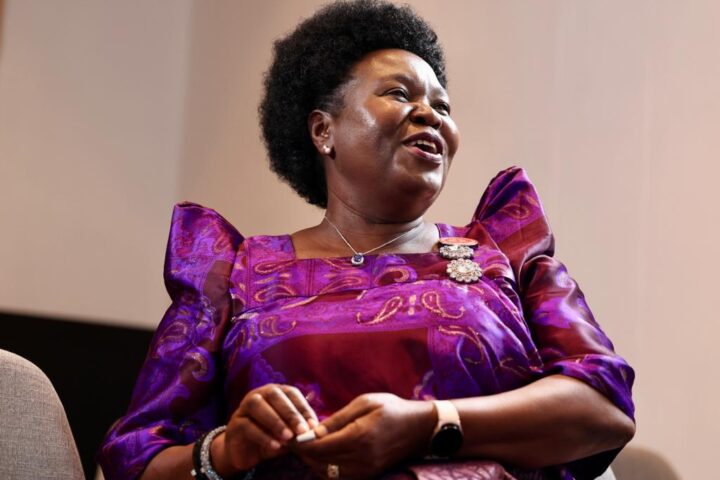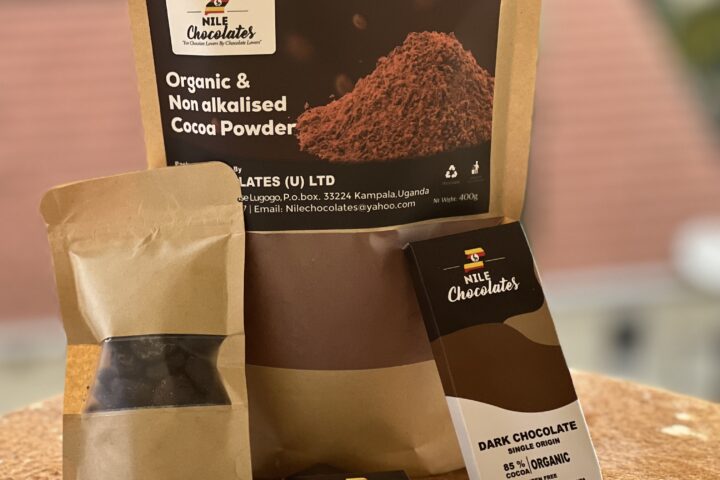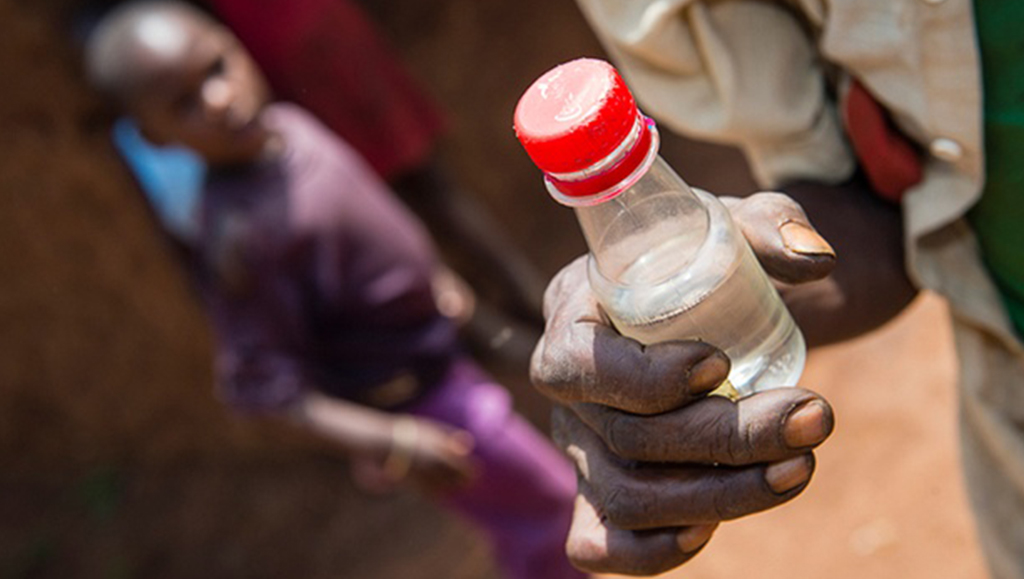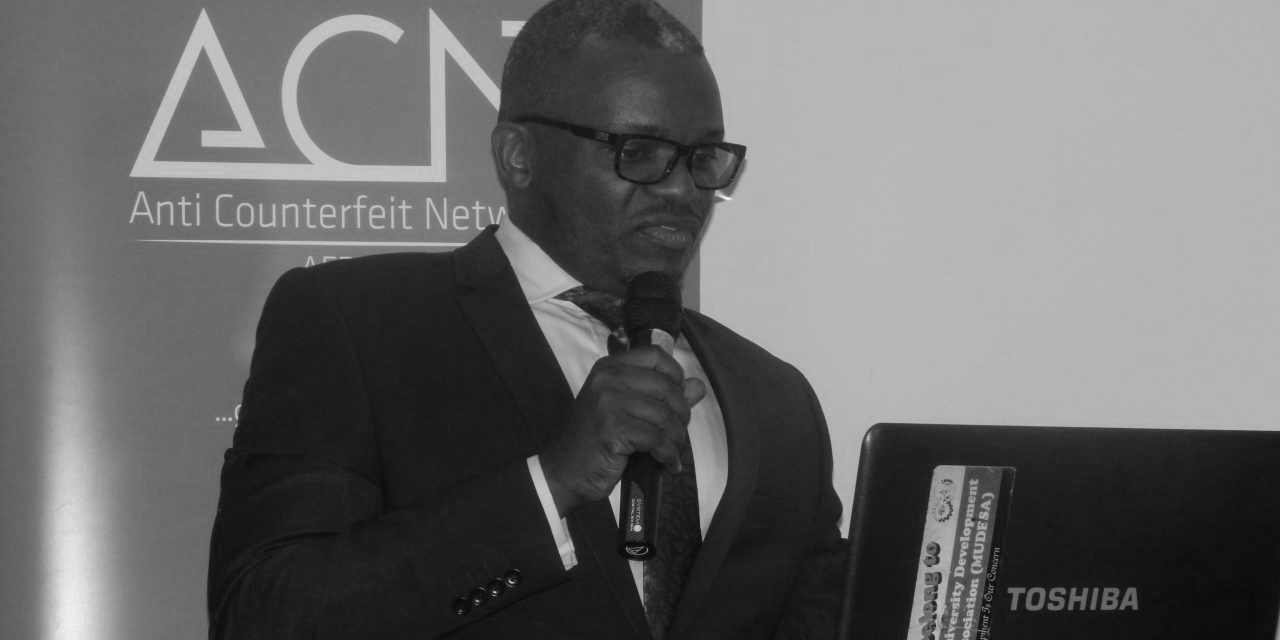Dear Editor,
When I started reading your columnist Fred Muwema’s article on “fakes” and “kidnaps” I was not expecting a tedious tour in what is at best a false equivalence between counterfeiting and the tragedy of kidnaps that is keeping families awake in Uganda.
( http://eagle.co.ug/2018/05/26/fight-fakes-to-fight-kidnaps.html)
I expected more.
The criminal economy may be similar but not the same. It may be driven by impunity and result in harm including death (as Muwema labors to point out by comparing the harm of kidnaps to that caused by counterfeit crimes) but this correlation does not draw a straight line in the sort of solutions sought to combat either. (It was not until I saw the title of Mr. Muwema at the end of the article as a Director Legal and Corporate Affairs at the Anti-Counterfeit Africa that it made sense)
Muwema does however raise an important issue with regard to public consciousness about crime itself that is worth addressing further. He ponders some of the following questions.
If accidents like the one that ended the lives of over 22 people on the Gulu-Lira-Kampala highway kill more than kidnappers do, why are we not roused to the same anger and condemnation? Why is there a hierarchy when it comes to death that places some types of dying above others?
Muwema’s hope is that if we were all more conscious of all types of death that we would be the better for it.
Let me tackle his question first before dealing with the harm his article may have done to the criminality of counterfeit crimes and kidnaps had he treated the two separately (and dealt as a lawyer might with the complexity of the right to life and its lawful deprivation).
In the wake of the kidnap and murder of the late Susan Magara a mixture of public anger and disgust as well as the peculiarities of her case led to a tangible response by the authorities. Additional regulation of sim cards and so forth, though not surprisingly feeble, was nonetheless a real impact of that single death. Many pointed out that perhaps it was because the late Magara was a princess of the establishment with wealth and privilege that occasioned this reaction.
But the outpouring of grief from everyone recognized this disgusting crime as a stain on the public consciousness and as it turns out – most kidnaps recorded by the police affect lower income families anyway. While it holds true that there is a politics to dying, the media reporting on Magara cast her as anyone’s daughter or sister.
She was a young woman in the prime of her life whose potentially bright future was snuffed out. Ordinary people recognized this heinous crime. Magara is no different from the other (mostly female) victims since and before her death. She symbolized public anger about the evil that accompanied her last moments.
Similarly, and on occasion, ghastly sights of children, women and men entombed in burning fires of vehicles or crushed beyond recognition as motorists collide produce an outrage followed by renewed efforts to police the roads. These occasions one finds assault something about our human vulnerability that goes beyond the knowledge that death comes to us all. It is upsetting knowing that a simple act of traveling – going to work, visiting a loved one or returning home can end up in death, so abruptly.
Public consciousness it turns out is difficult to predict and does present a serious dilemma though Muwema does a poor job of problematizing it. He asks indirectly when one should summon the anger that is sufficient enough to protest or protect individuals from all types of tragedy regardless of its causes but then draws us into a comparison between deaths from kidnaps and that from counterfeit drugs. Muwema knows that our reaction is key to the response of public bodies charged with taking preventative action or investigating and punishing crimes.
Indeed however if the death of a young journalist from child birth disgusts us and causes an outpouring of grief, it does not erase the daily tragedies of mothers dying from child birth from mostly preventable causes as a result of questionable health care. And if women are dying from an act of giving life – such a twisted irony should not extirpate deaths from suicides, acts of terrorism, murder or the many ways in which life will end.
The issue raised by Muwema , in my view, is not about how we should feel when people die but what our feelings are telling us about our own views on the right to life and what we are willing to do to preserve it (through pressure on the public institutions we empower to protect us or act on our behalf). He does no favors to his cause by atomizing the victims of crime as statistics for reference in his first paragraph but while his analogy may be weak (between kidnaps and counterfeits), he raises a valuable question about individual responsibility.
As a young journalist at the height of the LRA wars it was confusing how the human tragedy that unfolded in the internment camps in Northern Uganda had little impact on the national consciousness and still does not. It seemed to me that the citizen who is untouched by the dehumanization of millions, a slow torture that continued for years, was perhaps desensitized in general to other forms of brutality committed by either individuals or the state itself. Northern Uganda was preceded by many other occasions in Luwero, in West Nile and in the over 125 conflicts documented in the country.
If collective outrage ,such as has come, on the heels of the kidnap tragedies compels public institutions into action, Ugandans are notable mostly for their lack of outrage which may explain the inertia, lethargy and general ineptitude of institutions that preserve our common humanity through protecting the right to life. To circle back to Muwema’s underwhelming analogy – the rigor mortis of public response is institutional yes, but it draws from the millions of times individual Ugandans treat the tragedies of their neighbours as not their own. In so doing they have normalized a toxic culture where the right to life is not taken seriously.
In fact one can argue they have actively endorsed it because in the absence of the outrage that Muwema seeks – a daily culture of commodifying tragedy has taken root. Desensitized citizens are focused on selfish materialism ( like the fellows who robbed the victims of the Lira bus tragedy and others) withdrawing their participation in public causes for mostly private gains. There are too many examples of this but one sees it most in how institutions respond to the occasions of public protest. Rather than mobilize individual responsibility most of the resources that go into regulation is in some form of procurement. I recall a very senior health official telling me how “cancer was the new HIV/AIDS” to explain how there was a new feeding frenzy for aid dollars going into cancer to replace the ones that were being taken away from HIV/AIDs. He saw it, like his colleagues, as a chance to eat. Public bodies when robbed of rightful protest and encouraged to focus on private gains simply become middlemen and not arbiters and protectors.
In Muwema’s case therefore while the criminal economy may appropriate similar means (like poorly regulated payment systems) I wanted to draw a more solid line between the market for criminality and the culture that feeds it. Muwema points out that buying counterfeit products aids the common market for criminals – it is tenuous, but he does make a point. A larger point here exists which is that fragility of regulation of counterfeit products is down in my book to the normalization of common assaults on our humanity to which we hardly protest. Rather than commit resources to the public interest – most regulators today are little more than a business for the industries they preside over allowing for their administrators to create a market for the extraction of rents.
It brings me to the unfortunate death of Ms Magara.
The public reaction was so intense that like others I recognized her death to be an important inflection point. I commissioned a painting with an art collective in Nalya, a portrait of her which is available for viewing ( at Fitsgerald Art Studio on the 2nd Floor of Metroplex Nalya). In the course of doing additional research about her specific case I found out that Magara senior, her father was one of the principal suppliers of ethanal (he owns and operates a large plant in Hoima). The ethanol he supplies for industrial use mostly ends up as a raw product for the multi-billion market for sachet alcohol amongst others.
When I met John Magara himself (to give him a reproduced copy of the portrait of his daughter) I pointed out this business to him as one of the sources of tension a businessman like him may face. It is a public secret in government circles that this sector like the betting industry is dodgy. He did not preclude that the industry may have contributed to the toxic terrain that forms the back drop of the tragedy that befell his family.
Sachet alcohol is a barely concealed “illegal “market. It hides in plain sight. This year the powerful alcohol lobby managed to avoid taxes (even as the government sought to tax everything that breathes and moves) a sign of their power and influence. Regulators have failed to do the common-sense thing which is to limit or ban the sale of these products which are ravaging Ugandan communities – sold mainly to minors.
One can draw a causal link between many tragedies and this industry. The fact that it is barely legal notwithstanding the failure of effective regulation is not baffling. The choices made by public authorities not to touch the industry is because they have been so empowered by the lack of protest of the public.
So while Muwema did not drive this point home as strongly as I would have liked – individual choices do add up to pressure on regulators until they don’t.

